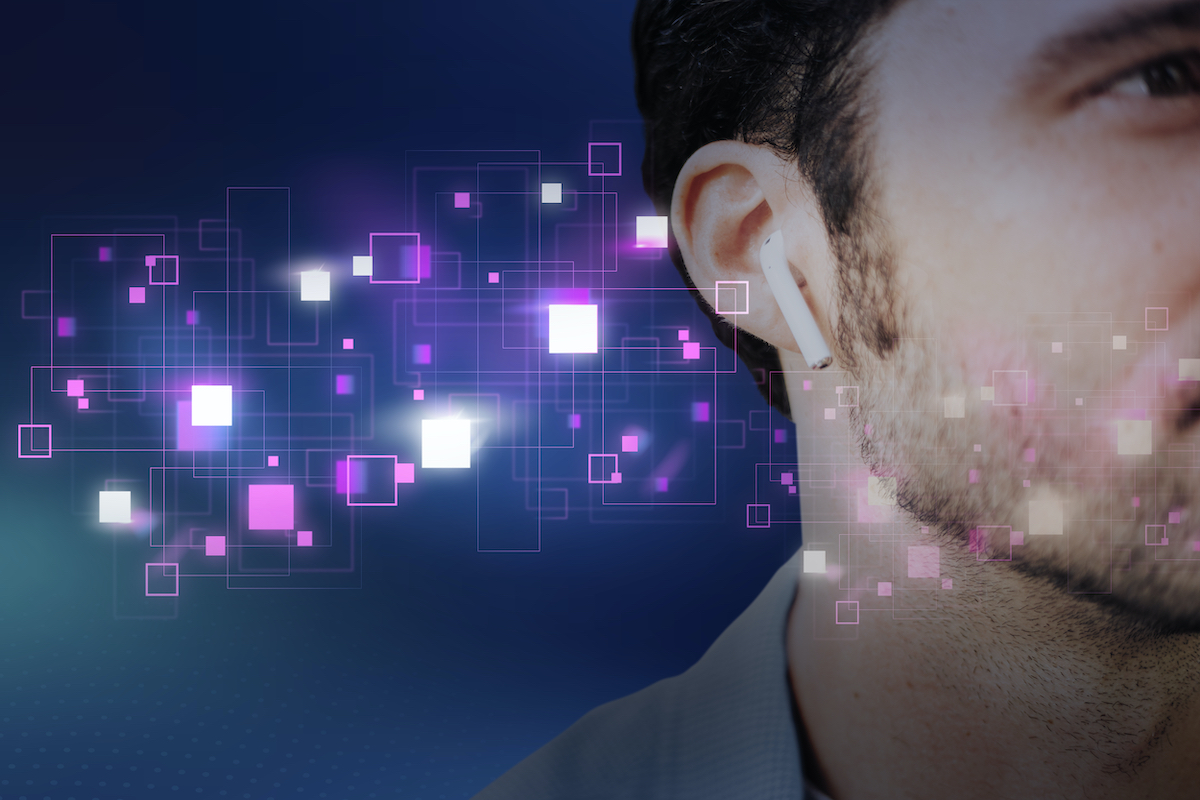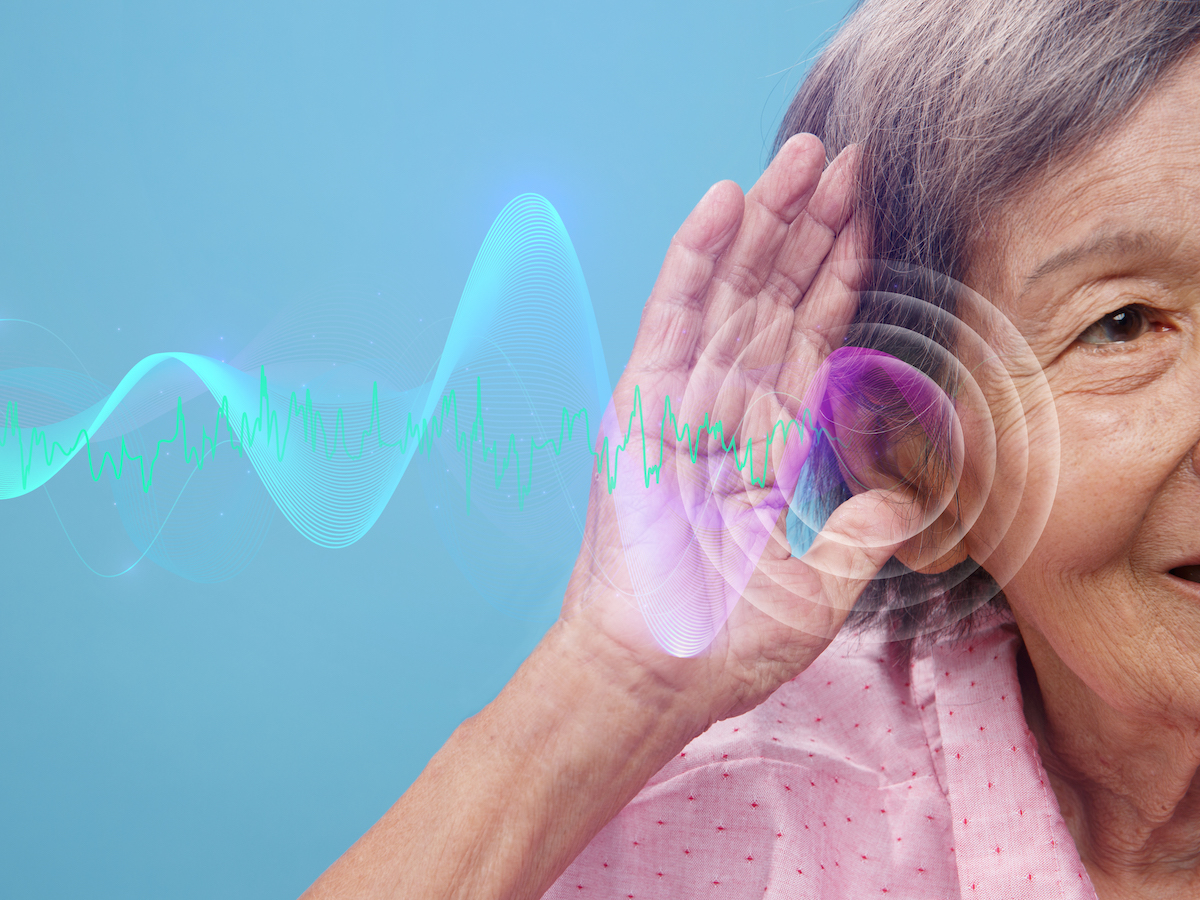Advancements in
hearing aid technology
Technological revolution
Like many other high-tech devices, hearing aids have experienced a major technological revolution in the past decade and especially in the last few years.
The best of today’s hearing aids are designed to track body and brain health, virtually eliminate feedback, make listening in noisy environments easier and more comfortable, stream stereo sound from TVs and radios directly to the hearing aid itself, let you talk on your phone hands-free, and much more. Now, instruments are smaller and even invisible, more comfortable, rechargeable and more powerful than ever.
The future of hearing aid technology in 2025 is likely to be marked by a convergence of advancements in AI, advanced connectivity, remote care assistant, and even biometrics. These innovations aim to not only improve the technical capabilities of hearing aids but also enhance the overall user experience, making auditory health management more personalised, accessible, and interconnected with the broader world of technology.


The latest advancements in hearing aid
Bluetooth connectivity
Hearing aids can connect to Bluetooth-enabled devices, such as smartphones, TVs, and music devices, allowing users to stream audio directly to their hearing aids.
Rechargeable batteries
Many hearing aids have rechargeable batteries that can last for a few days offering the convenience of not having to change batteries.
Invisible hearing aids
With the advancement of miniaturisation technology, hearing aids are now available in a variety of discreet and virtually invisible styles making them suitable for those who don’t want their hearing aids to be noticeable.
Noise reduction technology
Noise reduction technology can help reduce or avoid amplifying wind noise and background noise that blow across the hearing aid microphones.
Artificial intelligence (AI)
AI-powered hearing aids use machine learning to analyse audio signals and adjust settings based on the user’s preferences and environment. Algorithms can automatically adjust settings based on environmental conditions, providing a personalised experience to users.
Automatic programs
Some hearing aids have automatic programs that can switch between different sound settings based on the user’s surroundings.
Mobile Apps
Some hearing aids come with apps that can help users set up their hearing aids, offer advice, and provide with a virtual assistant.
Water proof
Some hearing aids are durable. They come with surface nanoshield to make them water, wax, and moisture repellent.
Futuristic AI hearing aids
Starkey Genesis AI: The future of hearing aids
Starkey Genesis AI has more built-in tech than any other brand of hearing aid. If you can afford the premium price and lead an active lifestyle, this product is a great choice.
Widex Moment Sheer: The pinnacle of natural sound
Widex uses a feature called SoundSense Learn to gather anonymized real-time feedback from users to get better over time.
Oticon Intent: Bridging the gap with AI
Oticon is an undisputed leader among top-tier hearing aids. Oticon Intent was released in Feburary 2024 with some exciting AI claims. If you are attracted to the idea of hearing more of the sounds around you vs. solely focusing on voices, this product is a great choice.

AUDIOLOGY SERVICES
- Hearing Test
- Hearing Loss- Sudden Hearing Loss
- Dementia & Hearing Loss
- Hyperacusis & Sensitivity to Sounds
- Tinnitus
- Vertigo
- Dizzyness
- Hearing Aids
- Invisible Hearing Aids
- Hearing Aid Repair
- Free Pensioners & Veterans Hearing Aids
- Hearing Aid Batteries
- Hearing Services
- Ear Wax Removal
- Custom Ear Plugs
- Work Cover Services
- Industrial Hearing Test
- Hearing Aid Prices
AUDIOHEARING MELBOURNE CLINICS
- South Yarra
- Brighton
- Doncaster
- Armadale
- Prahran Malvern Road
- Prahran High Street
- St Kilda East
- Box Hill
- Balwyn
